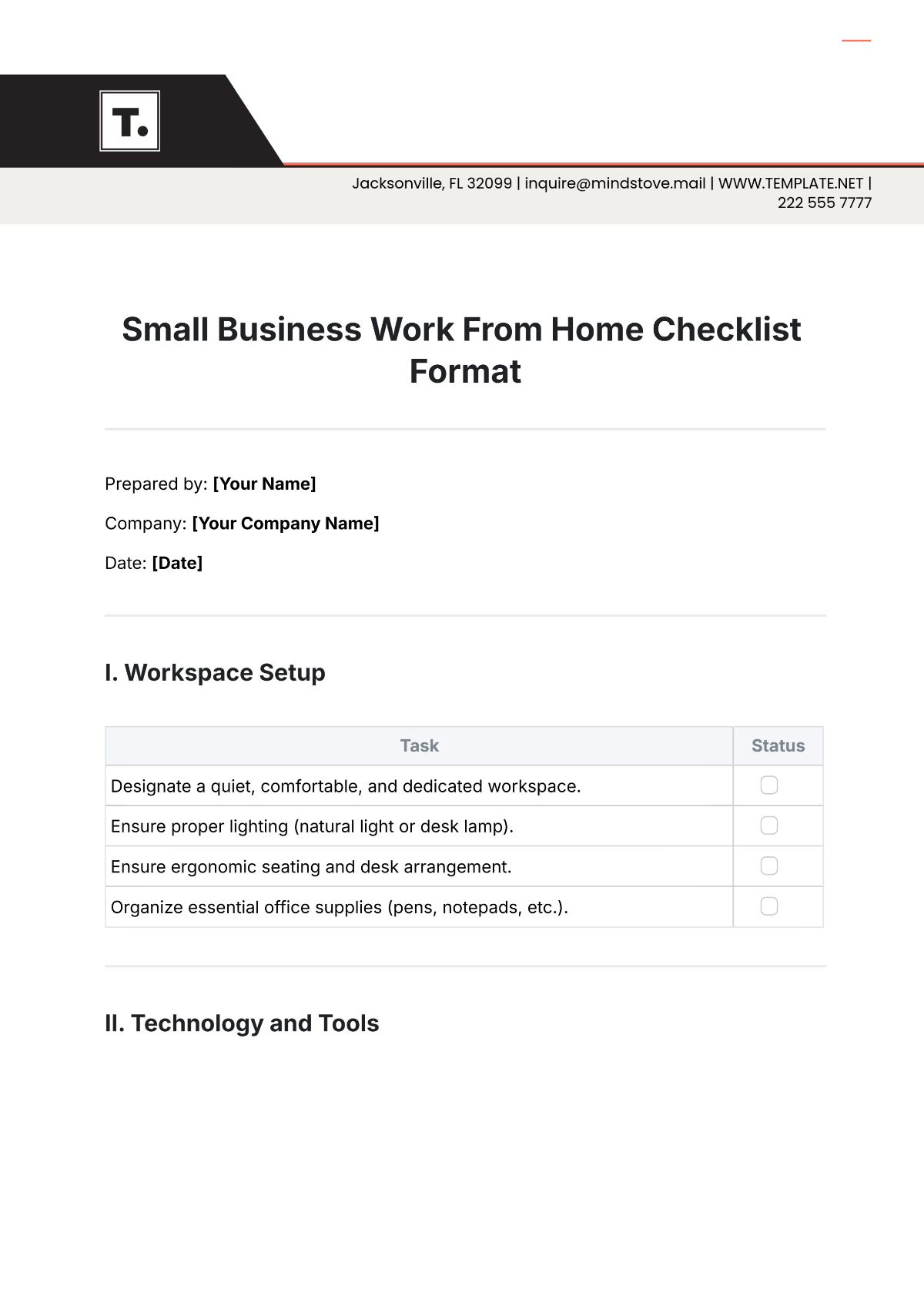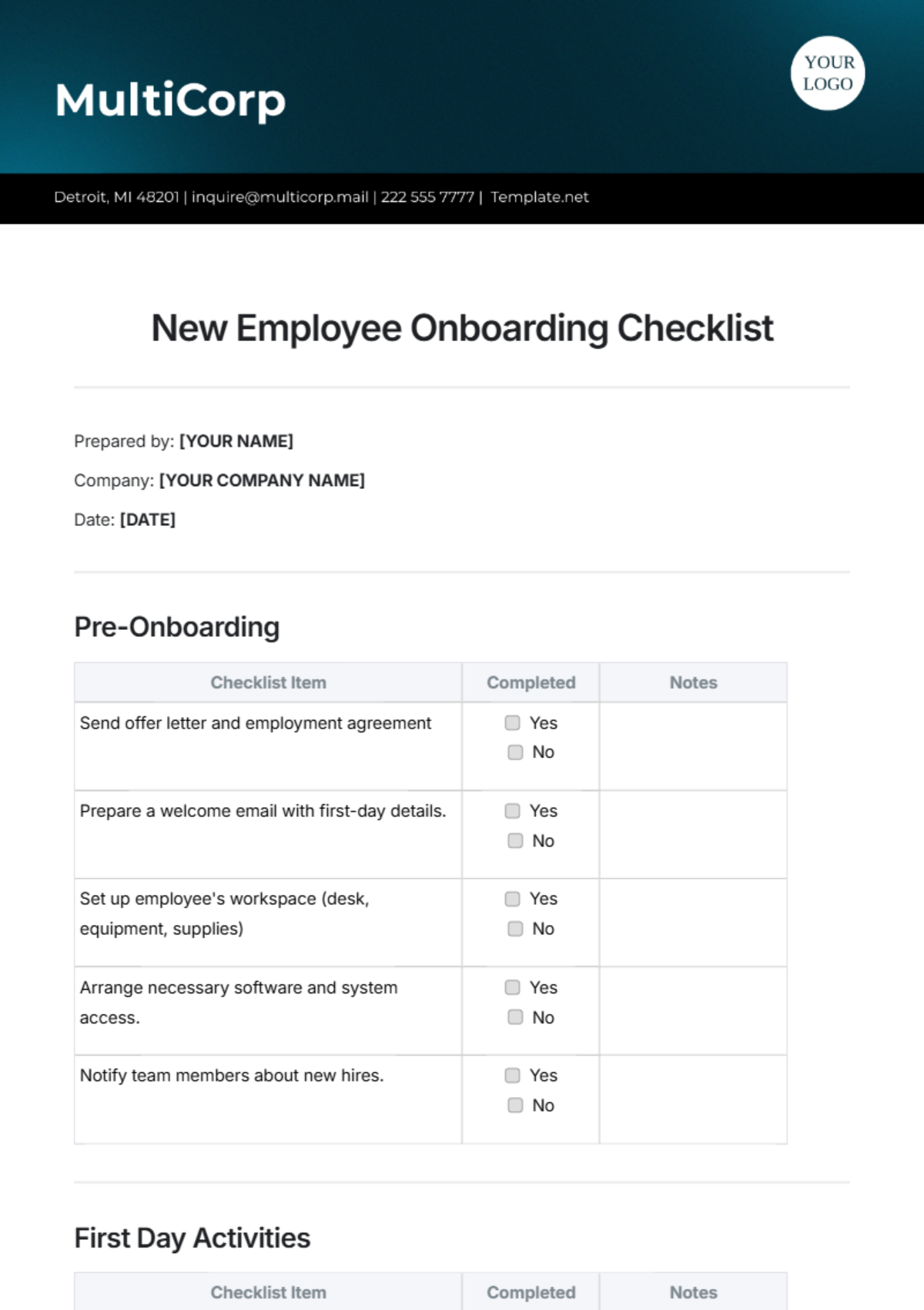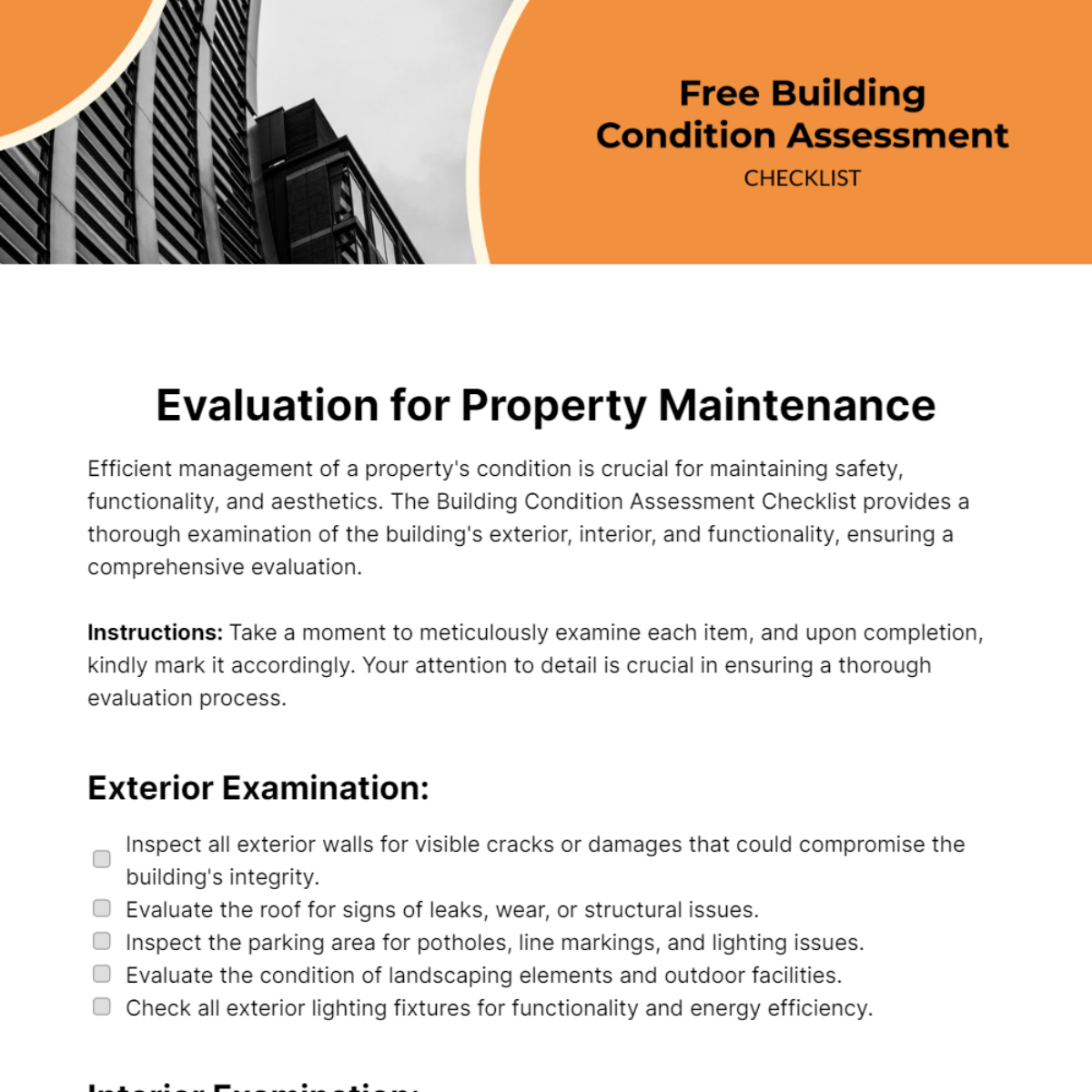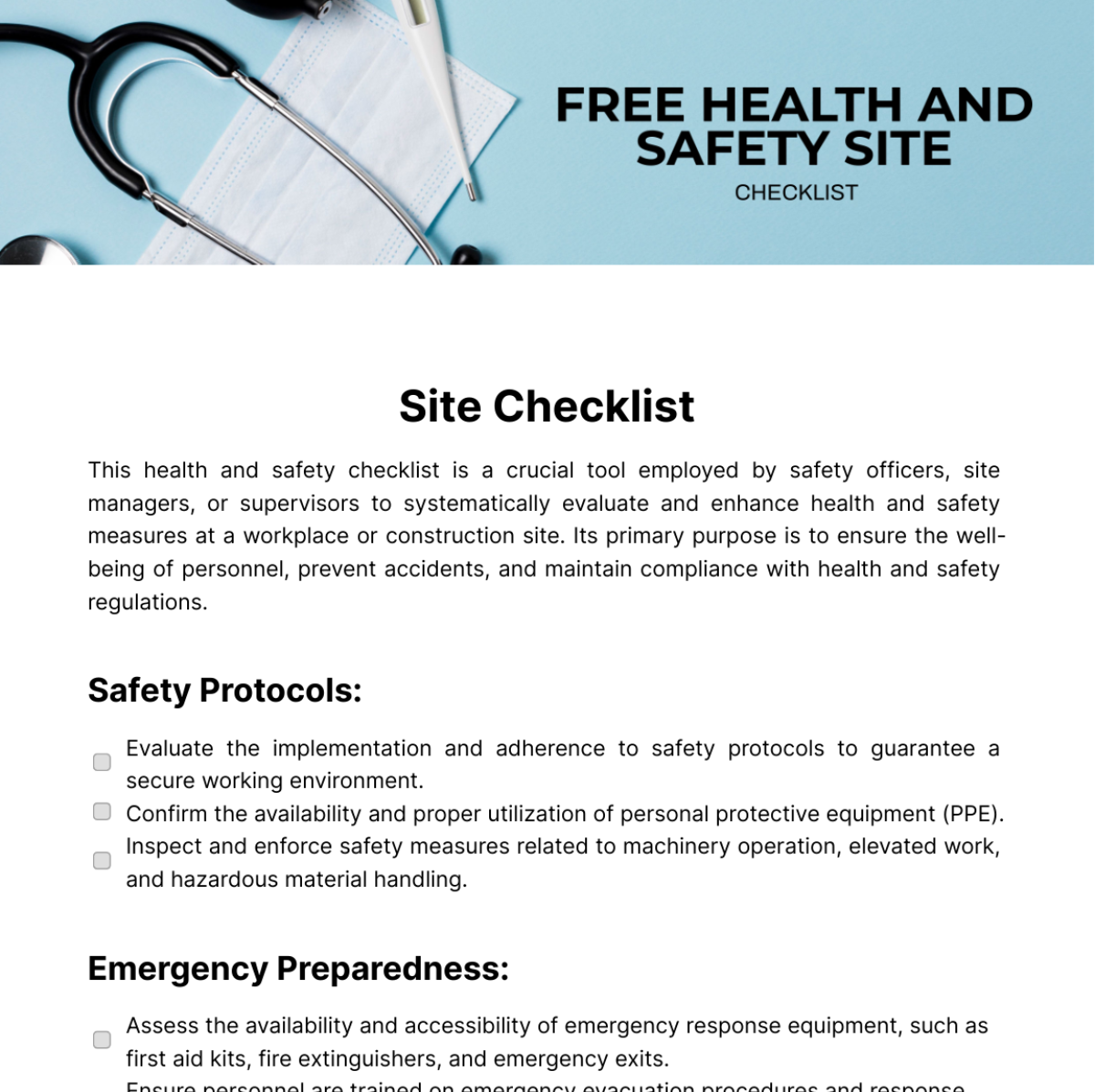Bring Your Business Plans to Life with Small Business Checklist Templates from Template.net
Keep your entrepreneurial spirit engaged, streamline your operations, and boost productivity with Small Business Checklist Templates from Template.net. Designed specifically for small business owners and managers, these templates help you organize tasks seamlessly and meet goals efficiently. Whether you’re planning a new product launch or ensuring regulatory compliance, Template.net's checklists have got you covered. They even come with fields to add crucial information like due dates, responsible team members, or procedures. With no design expertise necessary, you'll find professional-grade layouts ready for use, offering the flexibility of either print or digital distribution that fits your preferences and needs.
Discover the many checklist templates we have on hand to cater to various business needs with ease. Start by selecting a template that suits your project goals, then effortlessly swap in your business assets, and customize colors and fonts to match your brand identity. For that extra touch, drag and drop icons or graphics, or sprinkle in animated effects using AI-powered text tools—all without the need for advanced skills. With endless possibilities to explore, you can confidently craft checklists that are just as unique as your business. Enjoy regularly updated templates, ensuring you have fresh designs at your fingertips. When you're finished, freely download or share your checklists via printed form, email, or export them to different formats, ready to enhance your business operations across multiple channels.








